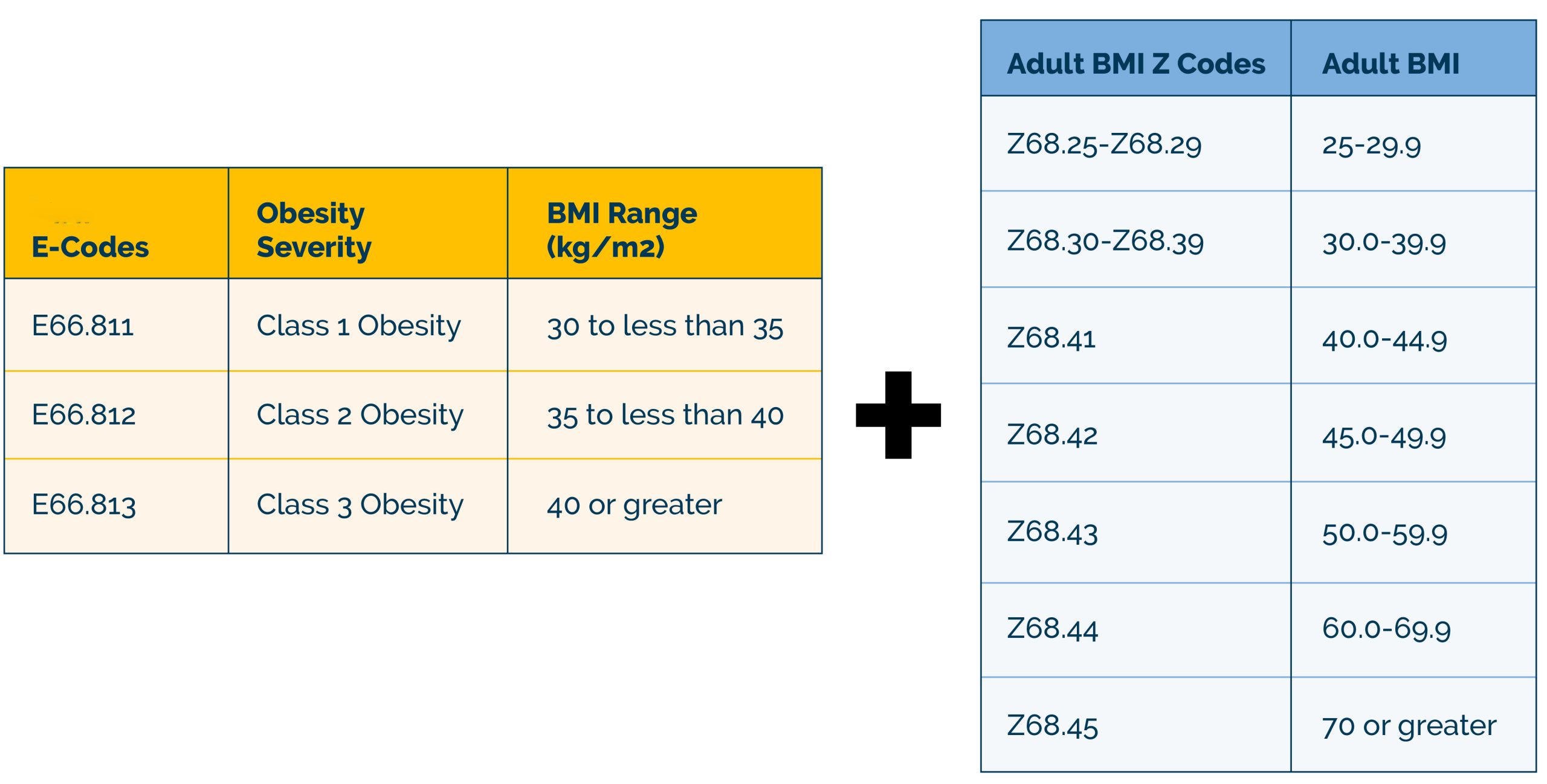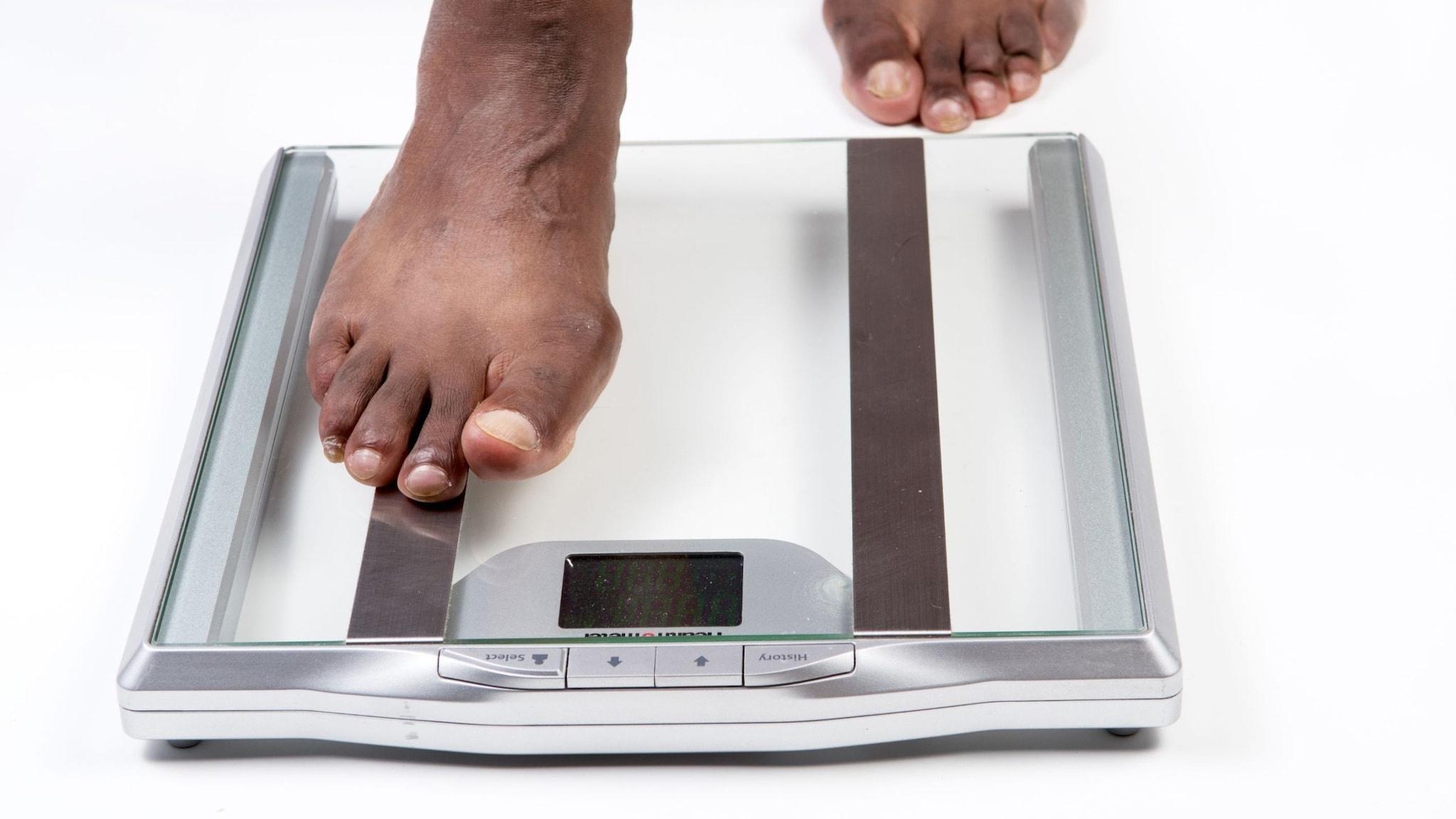At a glance
Health care providers, health insurance plans, health care delivery systems, and information technologies (IT) play an important role in preventing and treating obesity and related chronic diseases. This page can help providers to learn more about diagnosis codes and other important topics.

Overview
Health care providers, health insurance plans, health care delivery systems, and information technologies (IT) all play an important role in preventing and treating obesity. Providers can use strategies, including:
- Routinely screening patients for obesity.
- Evaluating patients for obesity-related diseases.
- Implementing or referring to effective treatment.
Health plans can support obesity care through comprehensive coverage and reimbursement strategies. Health IT can enhance quality improvement efforts for obesity care and population-based activities, such as surveillance. Health care delivery systems can coordinate high-quality patient-centered care via efficient and standardized processes, strong health information systems, provision of comprehensive services, and other key elements.
Obesity Diagnosis Codes Released October 2024
ICD-10-CM diagnosis codes for adult and child obesity
ICD-10-CM codes are used to classify and diagnose disease processes and for disease management and billing purposes. Previous ICD-10-CM codes for obesity (E66.0, E66.01, E66.09) stating "obesity due to excess calories," did not accurately reflect the complexity of the disease nor capture different levels of obesity severity in children and adults.
The codes for adult and child obesity provide more accurate and precise coding of obesity severity. In addition, these codes can be used to track services for quality and performance and have been used in health services research.
The codes are available for use by health care providers and coders as part of the October 1, 2024, ICD-10-CM release.
For adults with obesity, the E-codes can be used together with the existing Z-codes to align with recommended treatment options. The E-codes focus on a patient's specific illness, injury, or disease. They are critical for medical billing and reimbursement. The Z-codes document factors that influence a patient's health status. They can help contextualize a patient's condition and improve care.

For children with obesity, the E-codes can be used together with the childhood Z-codes to align with recommended treatment options.

Promotional materials for adult obesity diagnosis codes
You can download, use, and adapt the below partner promotion materials to share important information about the ICD-10-CM diagnosis codes for adult obesity. They are designed to help you learn about the benefits these codes offer to both providers and patients.

Partner promotion materials package
This adult obesity package includes a sample newsletter post, social media posts, a table of the adult obesity codes, and a sample fact sheet.
Social media graphics
Table
Sample fact sheet
Promotional materials for child obesity diagnosis codes

You can download, use, and adapt the below partner promotion materials to share important information about the ICD-10-CM diagnosis codes for child obesity. They are designed to help you learn about the benefits these codes offer to both providers and patients.
Partner promotion materials package
This child obesity package includes a sample newsletter post, social media posts, a table of the child obesity codes, and a sample fact sheet.
Social media graphics
Table
Sample fact sheet
Additional child obesity information
More information
- Sharifi M, Block JP. The urgency of expanding access to effective treatment for childhood obesity. Childhood Obesity. 2021;17(S1):S3–S4. doi:10.1089/chi.2021.29014
- Piña IL, Cohen PD, Larson DB, et al. A framework for describing health care delivery organizations and systems. Am J Public Health. 2015;105(4):670–679. doi:10.2105/AJPH.2014.301926







